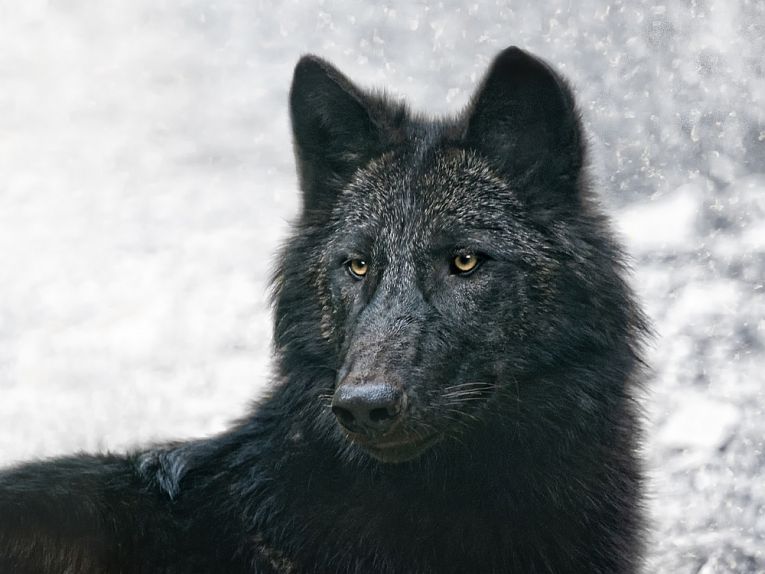Once upon a time there were 2 dead puppies. The story would have ended there for any child or adult who had a dog in stone-age Siberia. With the doubtful privilege of melting permafrost, we are now to have it continued, as the dead dogs are studiously examined and considered for reincarnation.
Just think of the commercial and media reaction. Everybody will want one, if we begin cloning (and breeding from) twelve and a half thousand-year-old pets. With Hwang Woo-Suk, the Korean professor who is involved in mammoth cloning, in attendance at an autopsy in Yakutsk, the information to be gleaned from these 3-month-puppies’ organs is obviously much sought after.
The domestication of Pleistocene animals like the wolf began around 14,000 years ago. At 12,460 years old these well-preserved bodies were found below a collapsed bank of the River Syalakh, just south of the Laptev Sea (Arctic Ocean) in 2011 and again last year. Human artefacts nearby indicate a human connection, though these animals could have been wild or feral puppies. One of the most interesting organs kept fresh in the ice is the brain. Skin, muscle and ear cartilage were also well preserved and suitable for cloning experiments. Even the ticks and fleas on the fur will help determine exactly the species to which the dogs belong, as parasites are very specific. Stomach contents show up another intriguing piece of evidence. The 2nd pup had twigs and grass there. That puzzle could resolve whether the animals were starving or had a fall down the cliff.
Tribal hunters who found the first puppy were looking for the valuable mammoth tusks that provide momentum to an enhanced ivory trade. The remains of butchered and burnt mammoth bones were found at the dig. The nose of a 3-month puppy sticking out of the permafrost, however, was unexpected and provided science with the first such animal of such great age. Moscow, the NE Federal University in Yakutsk , Korea, the UK and Japan. We look forward to genome results that are due in 12 months’ time. This will tell us something about that important meeting of 2 species, even before agriculture began, as humans and wolves began helping out with the hunting, just as other species are known to do in the wild.
The heating Arctic will create many problems for us, but here at least is a small recompense for those who treasure the zoology of domestic animals and their association with the human species. The Siberian Times gave us the story in their ancient puppy article.
Our dingo stories, as we try to help those preserving the dingo from outbreeding and persecution in the Outback give one possible ancestral dog that may resemble these remarkable little puppies. Others could be any Asian or even Arctic breed that has a long ancestry. Alternatively, here is the ancestral wolf compared to the dog in an interesting experiment on their capabilities for cooperation, both outside and within the species.










